Sweet Tamarind Grafted Plant refers to a particular variety of the tamarind tree (Tamarindus indica), known for its sweet, tangy pulp that is commonly consumed as a fruit snack or used in cooking. Tamarind is native to Africa but is widely cultivated in tropical and subtropical regions around the world, particularly in India, Southeast Asia, and Central America. Sweet tamarind is prized for its less sour, more sugary taste compared to the standard tamarind.
Key Characteristics:
- Appearance:
- The tamarind tree is a large, evergreen tree that can grow up to 80 feet (24 meters) tall with a wide canopy.
- Leaves are pinnate, with many small leaflets giving the tree a feathery appearance.
- Flowers are small and yellow with orange or red streaks.
- The fruit is a brown, curved pod that can grow up to 6 inches (15 cm) long. Inside the pod, the edible pulp surrounds several hard seeds.
- Flavor:
- Sweet tamarind pulp is brown, sticky, and fibrous, with a sweet-tangy flavor. It is less acidic than regular tamarind, making it more palatable as a fresh snack.
Growing Conditions:
- Climate:
- Tamarind trees thrive in tropical and subtropical climates. They prefer temperatures between 77-86°F (25-30°C) and can tolerate drought and heat. However, they are sensitive to frost and prolonged cold weather.
- Light:
- Tamarind requires full sun to grow and produce fruit effectively. It should receive at least 6-8 hours of direct sunlight daily.
- Soil:
- The tree is adaptable to a variety of soil types, including sandy, loamy, and even slightly acidic or alkaline soils. However, it prefers well-drained soil with good organic content.
- Watering:
- Tamarind is drought-tolerant once established but requires regular watering during its early growth stages. Overwatering should be avoided, especially in poorly drained soils, as it can lead to root rot.
- Fertilization:
- Tamarind trees benefit from annual applications of organic compost or balanced fertilizers, particularly during the growing season (spring and summer). This helps support healthy growth and fruit production.
Care and Maintenance:
- Pruning:
- Regular pruning is not necessary for tamarind trees, but light pruning can be done to remove dead or diseased branches and to maintain the desired shape of the tree.
- Pest and Disease Management:
- Tamarind trees are generally resilient but can be affected by pests like aphids, scale insects, and mealybugs. Fungal diseases such as leaf spot and root rot can also occur, particularly in humid or poorly drained conditions. Regular monitoring and appropriate treatment can manage these issues.
- Propagation:
- Tamarind trees are commonly propagated from seeds, which germinate readily. Grafting is also used to propagate specific varieties, such as sweet tamarind, to ensure consistency in fruit quality.
Uses:
- Culinary:
- Sweet tamarind is enjoyed fresh as a snack, with the pulp eaten directly from the pod.
- It is also used in cooking, particularly in desserts, chutneys, sauces, and beverages. The sweet-sour flavor adds depth to many dishes, especially in Indian and Southeast Asian cuisines.
- Tamarind is a key ingredient in dishes like pad Thai, tamarind chutney, and various curries.
- Medicinal:
- Tamarind has a long history of use in traditional medicine. It is believed to have digestive, laxative, and anti-inflammatory properties. The pulp is often used to make a refreshing drink that is said to aid digestion and cool the body.
- Cultural:
- Tamarind has significant cultural importance in many regions where it is grown. It is often used in religious ceremonies, traditional medicine, and as a flavoring agent in various cultural dishes.
Harvesting:
- When to Harvest:
- Tamarind pods are ready to harvest when they are fully grown, brown, and begin to crack or feel slightly brittle. The pulp inside should be sweet and sticky.
- How to Harvest:
- The pods are typically harvested by hand, and the pulp can be separated from the seeds and used fresh or dried for later use.
Sweet tamarind is a versatile and delicious fruit that is enjoyed around the world for its unique flavor and health benefits. Whether eaten fresh, used in cooking, or as part of traditional medicine, sweet tamarind is a valuable and cherished fruit in many cultures.

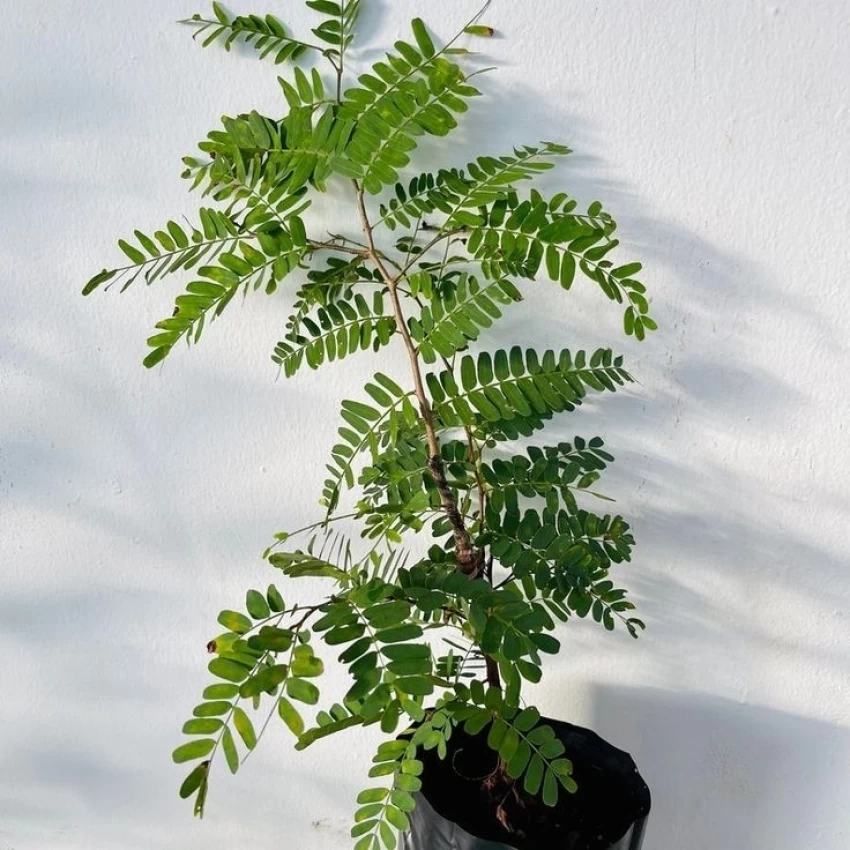

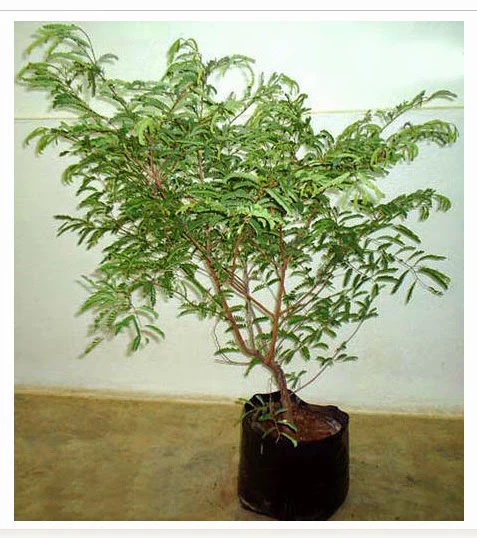
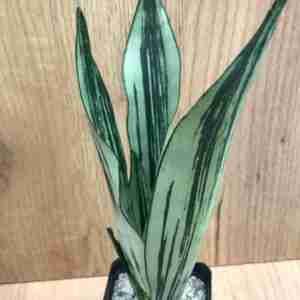
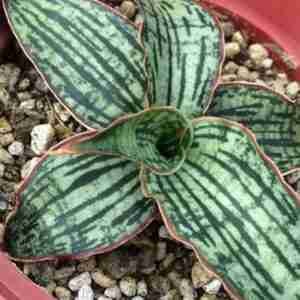
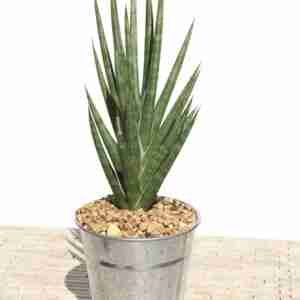
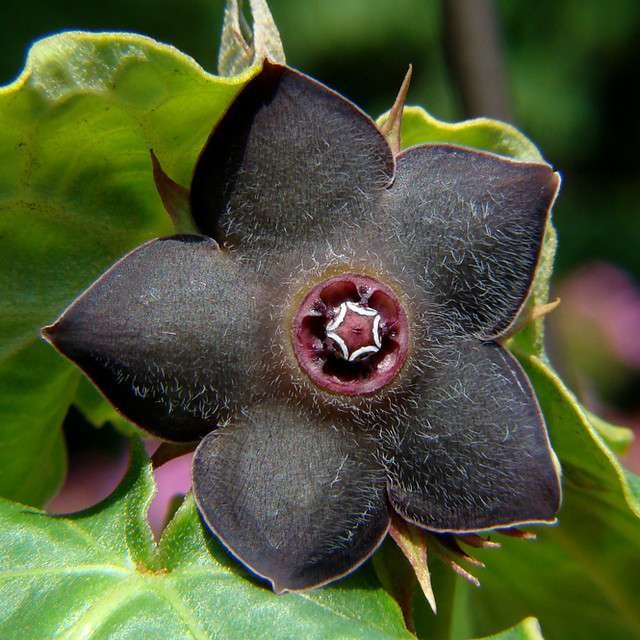
Reviews
There are no reviews yet.